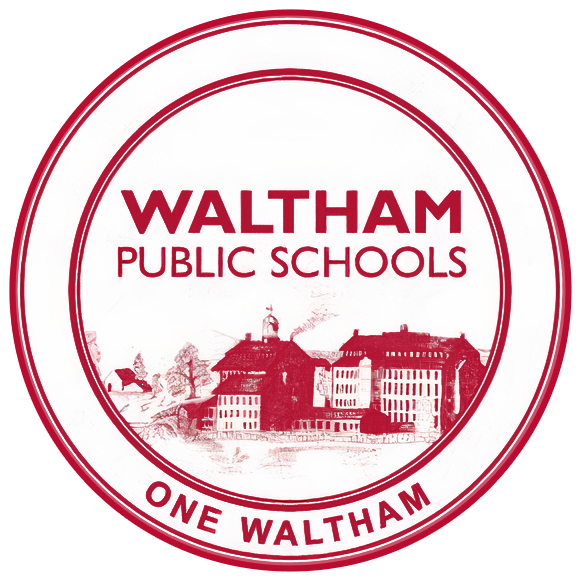Grade 8 Science
Grade 8 students use abstract thinking skills to explain causes of complex phenomena and systems. Students will use their knowledge of cause and effect of phenomena to explain patterns and make predictions about future events. Being able to model, describe, and explain these types of phenomena in the disciplines of Earth, Physical, and Life Science is the goal in the preparation of 8th grade students for high school science work.
Unit | Timeframe | Driving Questions | Major Learning Experiences from Unit |
Astronomy | September - October | What factors cause the seasons? How does gravity influence Earth’s tides and the orbiting of planets and moons? | Seasons lab: use mini-globes and a flashlight to model and explain the changing seasons Tides project: Graph seasonal tide data to illustrate tidal fluctuations. |
Weather/ Climate | October-November | How can students use local weather data to see patterns in air mass interactions and relate these patterns to their local weather? What is the role of oceans and ocean currents in determining global and regional weather and climate? | Local Weather Observation Activity; observe and explain local weather patterns Weather Report project - create a video explaining weather phenomena and using key vocabulary Climate Debate: use evidence to support claims about climate change |
Geology | November-December | How do plate tectonics change the Earth’s surface and cycle Earth’s materials and what role does convection play? Why are minerals and fossil fuels unevenly distributed on the earth’s surface? | Rock Formation lab: model and explain how temperature affects rock formation with crystallization |
Evolution/ Climate Change | December-January | How do environmental and inherited traits ensure/influence the survival of a species(natural and artificial selection)? How have human activities contributed to a fast increase in global temperatures and how does this impact the survival of species? | Bird Beak lab: model natural selection Climate Action project: research and explain mitigation efforts that can reduce greenhouse gasses in the atmosphere |
Heredity | January-February | How do inherited traits and adaptations ensure/influence the survival of a species(natural and artificial selection)? How do environmental and genetic factors influence the growth of organisms? What is the relationship between DNA, genes and proteins? Are mutations harmful, helpful or neither? What are the advantages and disadvantages of both sexual and asexual reproduction? | Reebop activity: use Punnett squares to model both sexual and asexual reproduction in Reebops. |
Chemistry | February- March | How do atoms combine in multiple ways to make molecules and compounds that make up all living and nonliving things in the universe? How can we determine if a chemical reaction has occurred? How does thermal energy change particle motion? How is the Law of Conservation of Mass illustrated in chemical reactions? | Chemical Change Labs: investigate chemical changes with liver and hydrogen peroxide Conservation of Mass: explain glow sticks demonstrate the Law of Conservation of Mass |
Physics | March- April | What results when two objects collide? What is the difference between Velocity, Speed and Acceleration? How does the mass and the net force on an object affect its speed? | Boat Speed Mass vs Weight Comparison Lab Tablecloth Trick: explain net forces involved in pulling a cloth out from a set table Net Forces lab; use wooden blocks and spring scales to calculate net forces |
MCAS PREP | May | ||
Greenhouse Project | May-June | How do environmental and genetic factors influence the growth of organisms? | Greenhouse Project: design and write code to monitor variables in a smart greenhouse (temperature, humidity, soil moisture) |
